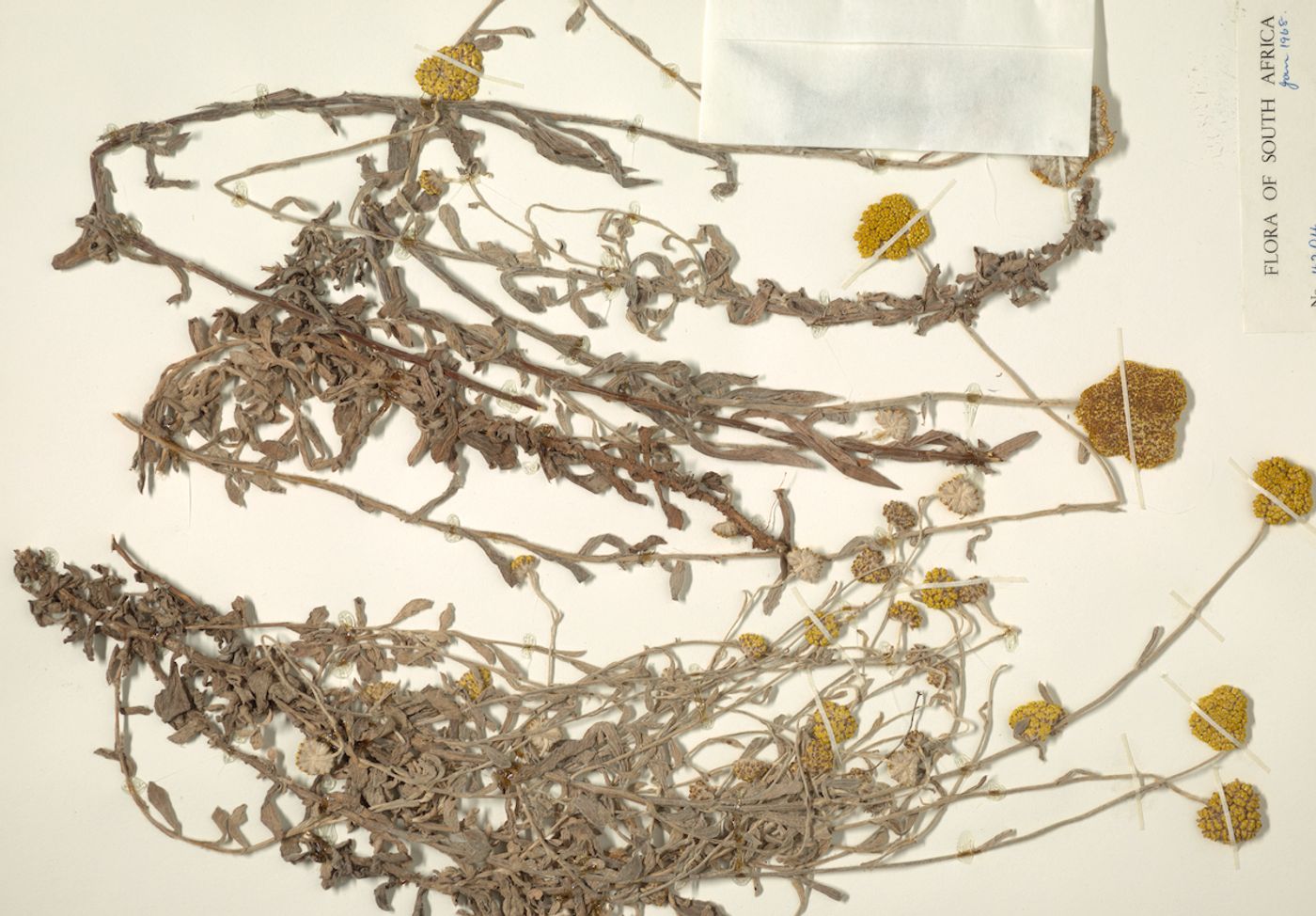This Plant is Not Cannabis, But it Generates Cannabinoids
Although a rapid growth, perennial South African plant called the woolly umbrella is not related to the cannabis plant, it produces cannabinoids, many of which are found in cannabis. The human body has many cannabinoid receptors, so these compounds can have a significant impact on the body. Cannabinoids are already used in the treatment of a variety of ailments including nausea, pain, and epileptic seizures. Some of the cannabinoids made by the woolly umbrella could have novel medicinal uses, and researchers have revealed the biochemical processes that produce these compounds. The findings have been reported in Nature Plants.
Cannabis plants can typically generate over 100 different cannabinoids.
"We have found a major new source of cannabinoids and developed tools for their sustained production, which can help explore their enormous therapeutic potential," said study leader Dr. Shirley (Paula) Berman of the Weizmann Institute of Science.
Researchers in the lab of Professor Asaph Aharoni at the Weizmann Institute were interested in learning more about the cannabinoids made by the woolly umbrella (Helichrysum umbraculigerum), a relative of daisies, lettuce, and sunflowers. The fumes from burning woolly umbrella have long been used in folk rituals. Decades ago, scientists revealed the presence of cannabinoids in the plant, but more recent studies have failed to replicate those findings.
This study relied on sensitive, cutting-edge tools such as high-resolution mass sprectrometry to confirm the initial findings and show that the woolly umbrella does actually contain cannabinoids.
With nuclear magnetic resonance, the structures of several of these cannabinoids were revealed. The researchers also identified the pathway that produces them and where they are made in the plant. This showed that the wooly umbrella leaves contain most cannabinoids found in the plant. Cannabis plants generate cannabinoids in flowers which are shorter lived and more difficultl to harvest than leaves, so the woolly umbrella may have a big advantage over cannabis when it comes to cannabinoid production.
The most well-known cannabinoids that are generated by the cannabis plant, the psychoactive chemicals THC and CBD, are not found in woolly umbrella. However, the plant does produce CBG (cannabigerol), which is gaining attention for its therapeutic potential and lack of mood-altering impacts.
Active CBG is a precursor to classical cannabinoids, and is found at relatively high levels in woolly umbrella - up to 4.3 percent of the plant's dried leaves.
Researchers don't know how these compounds might be affecting plants, but they could be significant. "The fact that in the course of evolution two genetically unrelated plants independently developed the ability to make cannabinoids suggests that these compounds perform important ecological functions," noted Aharoni.
They are also interested in learning more about how these compounds affect humans and whether they could be therapeutic.
Sources: Weizmann Institute of Science, Nature Plants









